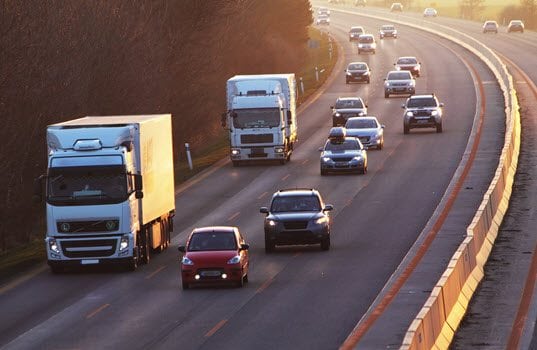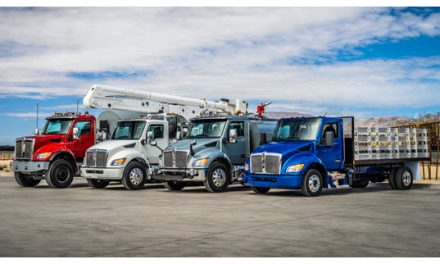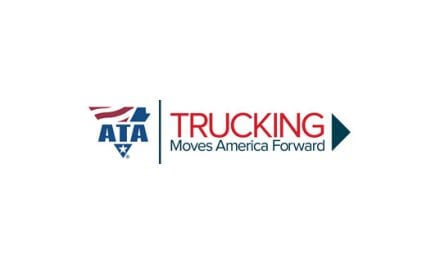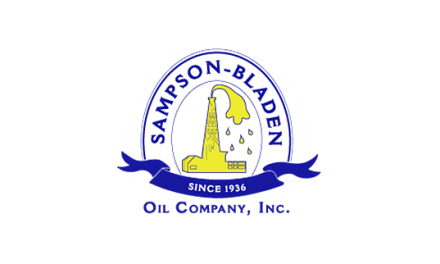Even as gas prices rose another 18 cents over the past month, the fourth consecutive month of price increases, Americans say that higher gas prices are not affecting their feelings about the economy. Consumer sentiment over the economy remains unchanged from the previous two months (44% are optimistic) and only 24% say that gas prices have a “great impact” on their economic perspective, according to the latest national consumer survey released by the National Association of Convenience Stores (NACS).
More than two in three consumers (69%) across the United States noticed that gas prices are higher; specifically, three in four (77%) noticed in the Midwest. And two in three consumers nationwide (66%) also say that they expect prices to increase over the next 30 days.
Despite expectations that gas prices will continue to climb, consumers say they are not necessarily feeling the pinch—at least not yet. The percentage of Americans who say gas prices have a great impact on their economic outlook fell 7 points over the past month to 24%, the lowest level recorded since NACS launched its monthly consumer surveys in January 2014.
Gas prices, which average $2.38 per gallon, are still 37 cents per gallon lower than in June 2015, and $1.32 per gallon lower than in June 2014, when 41% of consumers said gas prices had a “great impact” on their economic sentiment.
Nearly one in four (23%) consumers say they will spend more money shopping over the next 30 days, and more than one in three (35%) consumers ages 18–34 say they will spend more over the coming 30 days. They also say gas prices would need to reach a tipping point of $3.51 per gallon before they would reduce how much they drive.
Consumers say their vehicle’s average fuel efficiency increased slightly to 24.1 miles per gallon but average miles per dollar—a calculation that examines gas prices related to vehicle fuel efficiency—fell to 10.1 miles per dollar, the lowest level this year.
“Compared to the past two years, the prolonged period of lower gas prices seems to have reset consumer expectations about the economy,” said Jeff Lenard, NACS vice president of strategic industry initiatives. “Consumers say that gas prices would have to increase by more than a dollar per gallon, which would be in line with the summers of 2014 and 2013, before they would reduce the amount they drive.”
NACS, which represents the convenience store industry that sells 80% of the gas in the country, conducts monthly consumer surveys to gauge how gas prices affect broader economic trends. The survey was conducted online by Penn Schoen Berland; 1,100 U.S. adults who purchase fuel for a vehicle such as a car, truck or van at least once per month were surveyed June 7–10, 2016. Summary results are available atnacsonline.com/fuelssurvey.
The NACS Retail Fuels Report (nacsonline.com/gasprices) examines a variety of issues related to fueling, with more than 20 backgrounders including a report on the transition to summer-blend fuels, “Why Prices Historically Go Up in the Spring.”










